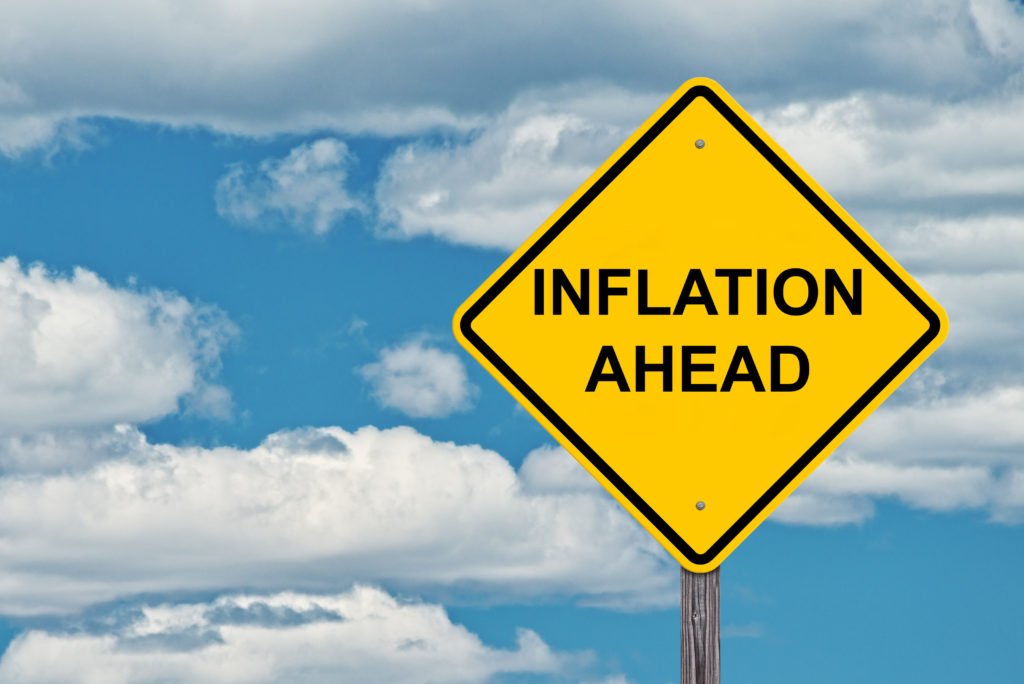Jeremy Siegel, finance professor at the University of Pennsylvania’s Wharton School, has been raising concerns over the rising expectations for runaway inflation for the last one year.
“I predicted here that over the next two, three years we could easily have 20% inflation with this increase in the money supply,†he said on CNBC.
How could the inflation get so high?
Are you looking for fast-news, hot-tips and market analysis?
Sign-up for the Invezz newsletter, today.
He views Federal Reserve chairman Jerome Powell as the most dovish Fed Chairman he had ever seen. With unprecedented monetary and fiscal support, the money has flowed in the stock market.
According to Jeremy, money supply since the beginning of the pandemic has gone up by almost 30%. That money is not going to disappear and it is going to find its way into the economy in the form of spending and higher prices.
With the economy opening up with wider vaccine rollouts, there is going to be strong demand for all kinds of products and services, which will further add to the inflation.
Over the next 2-3 years, the inflation can rise to 20% with the increase in money supply over the last year.
Inflation, as measured by the change in consumer price index (CPI), for the 12-month period ending April 2021 came in at 4.2%, the largest 12-month increase since 2008. S&P 500 was down for the first three days of the week and technology stocks have taken a beating lately while materials and industrials sectors have been on the rise in the past month as they do well in an inflationary environment.
Where can investors find shelter?
Jeremy advised investors to not go into bonds or cash as they have negative real yields in such an inflationary environment. Dividend-paying stocks will be in demand as investors seek protection from inflation and historically, stocks have more than compensated for rising prices as they are real assets.
Treasuries are going to give negative real returns so it does not make sense for investors to look at bonds as potential investments given the macroeconomic backdrop.





